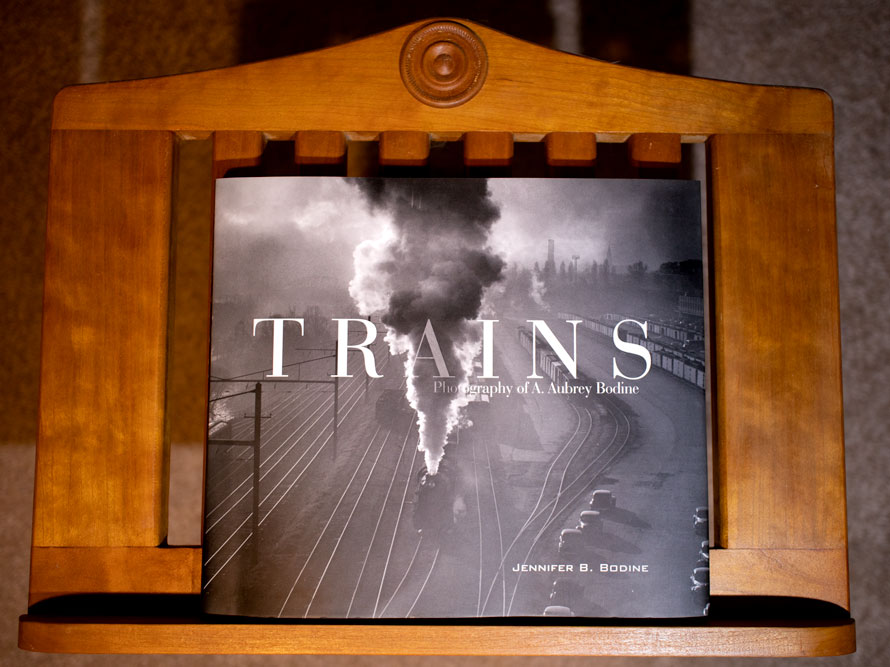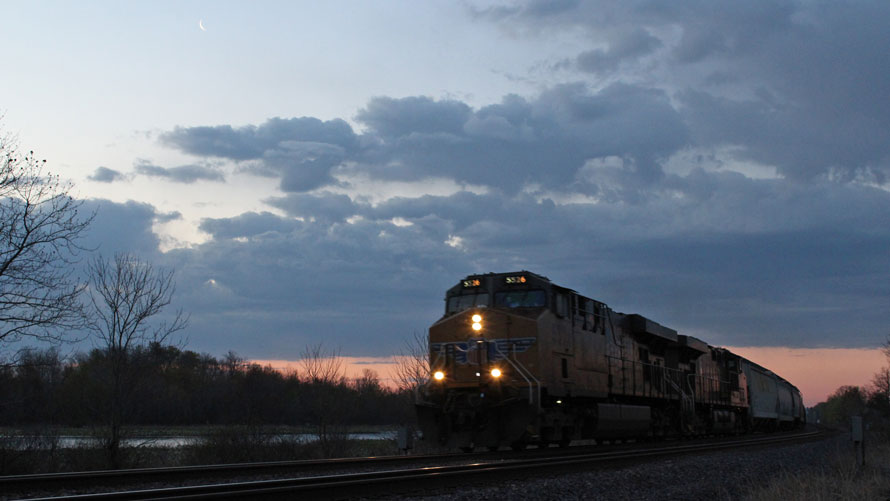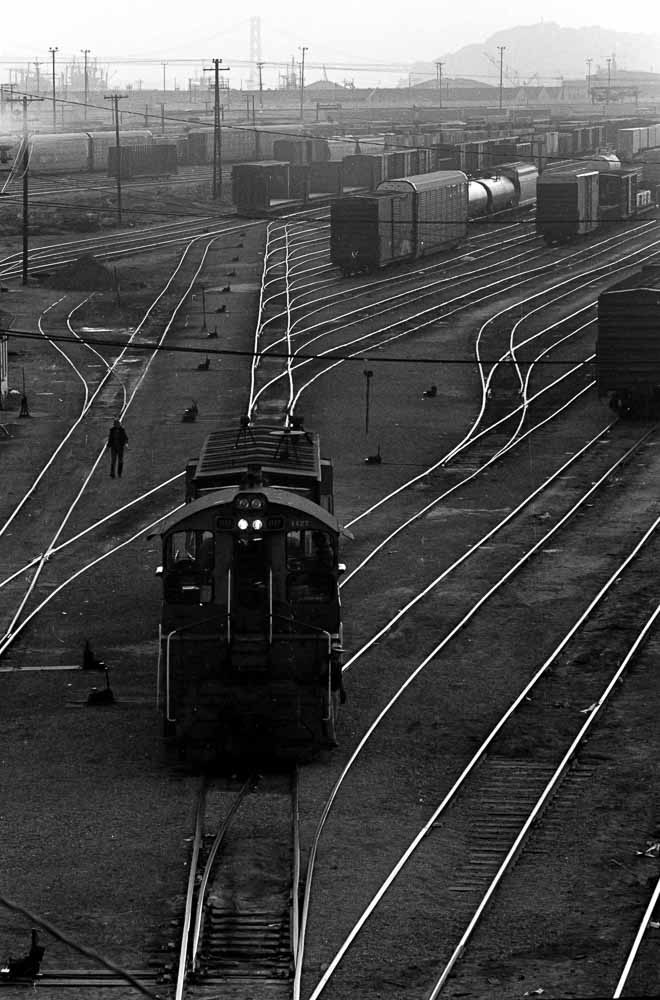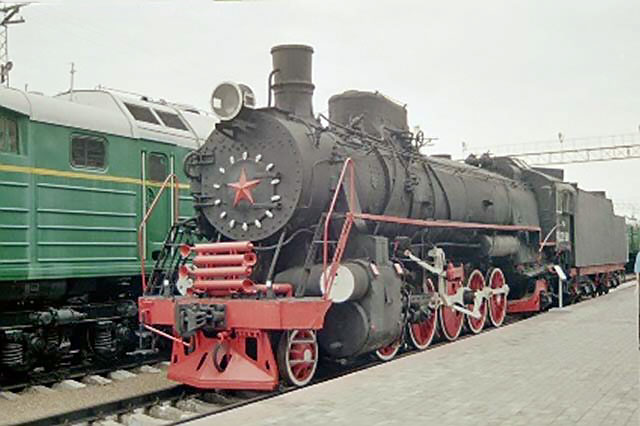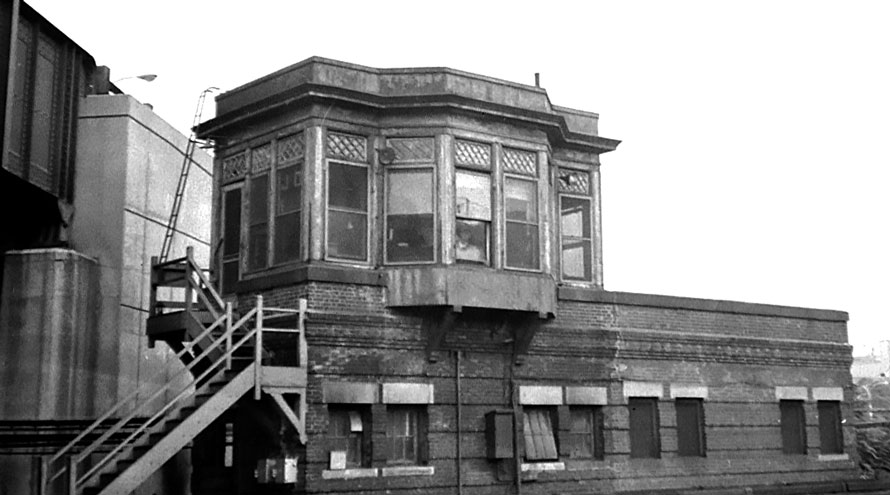
Many people have memories of their childhood. I am more fortunate than most to have had a father who took me to work with him. Of course he never looked at it like that because he would have preferred to be at home rather than at work on weekends like most people. When I think back to those days when my dad worked in the A&P supermarket in the dairy department part time, it brings a smile to my face. He would get up Saturday mornings and walk to the A&P and work from 9:00 a.m. till 1:00 p.m. Each week he would tell me not to come into the store to see him because it did not look right to the boss. Each week when I could, I walked down to see him anyway. I would try to time it to when he was cutting up those big wheels of cheese. There he would be in his white apron behind the counter, and I would pop in and say “Hi dad!”
He would frown and say, “What did I tell you about coming here!”
Read more